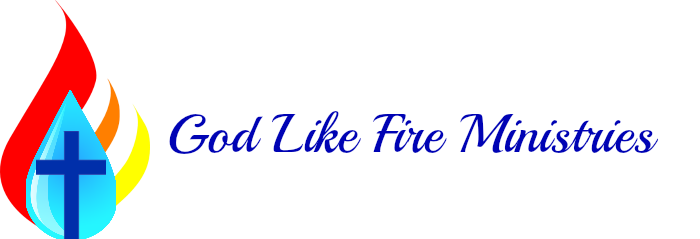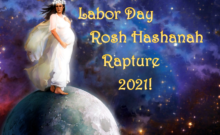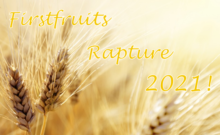The morning of September 3, 2016, I was asleep and dreamt a fairly short but significant dream. In this dream I was in a classroom sitting at a desk near the front of the room. The teacher at the front of the classroom was a skinny man with short dark brown hair who wore a white shirt with grey pants. He walked over and stood in front of my desk as he was speaking to the whole class about what we were preparing to do. We were getting ready to read this play from a playbook. When I looked down at my desk I noticed that I had other books laying on it, but I did not have a playbook! The teacher started going around the classroom, having each student read from the playbook, but I did not know what the students were reading out of or how to get a book! However, I did not know for sure if the teacher would call on me to read or not. Then, out of the blue the teacher called out, “Victoria, division 3!” I was shocked! I did not know what to do! I was not prepared! I did not know what division 3 meant! I did not have a book! And that was the end of my dream…
When I awoke from my dream, I knew I had to figure out what this dream meant. All I knew was in this dream I was supposed to read out of a playbook and I was supposed to read division 3 – whatever that meant! So I researched what divisions mean in plays and I discovered that an “Act” is a division or unit of a play and typically the number of Acts within a play range from 1 to 5 depending on the structure of the story. The very website that I found described a “Three Act Play.”
In Act I the conflict of the story is revealed, the characters are all introduced, the dramatic premise and an incident takes place in the middle of the 1st Act. In Act II the main character encounters a problem that prevents them from accomplishing his or her dramatic need, which is known as the “complication.” The main character reaches their lowest point and seems farthest from fulfilling their dramatic need. It also seems like the protagonist cannot succeed. Finally, Act III is the climax, which is known as the “staircase or ladder” or turning point of a narrative. It is the highest point of dramatic tension. It is when the action starts in which the solution is given. Act III is when all conflicts are resolved as well as when the denouement occurs or last part of the play where the plot comes together and matters are finally explained or settled. It is a slight period of calm at the end of a film or play where equilibrium returns. In other words, it is the resolution!
Right after having this dream, the Lord gave me a confirmation! I came across another video of Mark Biltz speaking about the Feasts of the Lord and learning God’s timing and as I was watching his video Mark started talking about how the appointed feasts of the Lord are holy convocations (Mikrah) or “dress rehearsals.” Then the video showed a play stage with people standing on it all dressed up as in a dress rehearsal for a play! Immediately when I saw this, I knew the Lord was confirming what he had showed me in the dream – a play rehearsal! If that were not enough confirmation, near the end of the video Mark was discussing the counting of the omer and how that was the period of 50 days up to the day of Pentecost where Jesus revealed himself to many of the disciples after his resurrection. This is when Mark showed a picture of a Ladder for the counting of the omer! That is exactly what the Lord revealed to me that division 3 (the climax) was like – a ladder or a staircase! I definitely knew the Lord was continuing to point me to these videos by Mark Biltz on the feast days of the Lord and that these feast days were truly significant!
As I prayed and asked the Lord what the playbook was that I was missing and what division 3 meant, I started to ponder it over in my mind. I wondered why I did not have the playbook, when I had the Bible – that didn’t make sense to me – I mean, I thought that the Bible was enough! So I thought to myself that if the feast days that we celebrate on earth are dress rehearsals for the real thing, then the playbook would have to be something that is read during these feast days. So I researched what is read during these feast days and I finally discovered that the Jewish people read portions of scripture from the Tanakh. With further research, I found out that the Tanakh has 3 divisions – the Torah (“Teachings” or the 5 books of Moses), Nevi’im (“Prophets”), and Ketuvim (“Writings”). Obviously the Lord was pointing me directly to the 3rd or last division, which was Ketuvim (“Writings”) which contains the books of: Psalms, Proverbs, Job, Song of Solomon, Ruth, Lamentations, Ecclesiastes, Esther, Daniel, Ezra, Nehemiah, and 1 & 2 Chronicles. Furthermore, these books of the Tanakh are read during specific feast days! For example: Song of Solomon is read during Passover, the Book of Ruth is read during Shavuot, Ecclesiastes is read during Sukkot, and Esther is read during Purim!
After the Lord revealed all this to me, I was so overwhelmed and knew that I had to begin observing these important feast days of the Lord immediately and reading these corresponding passages of scripture, especially those contained within the Ketuvim of the Tanakh! I am so thankful that the Lord finally allowed me to figure out the playbook I was missing so I could make sure that I got my hands on the real deal and so I could definitely make sure I was reading division 3 at the climax of this drama!




